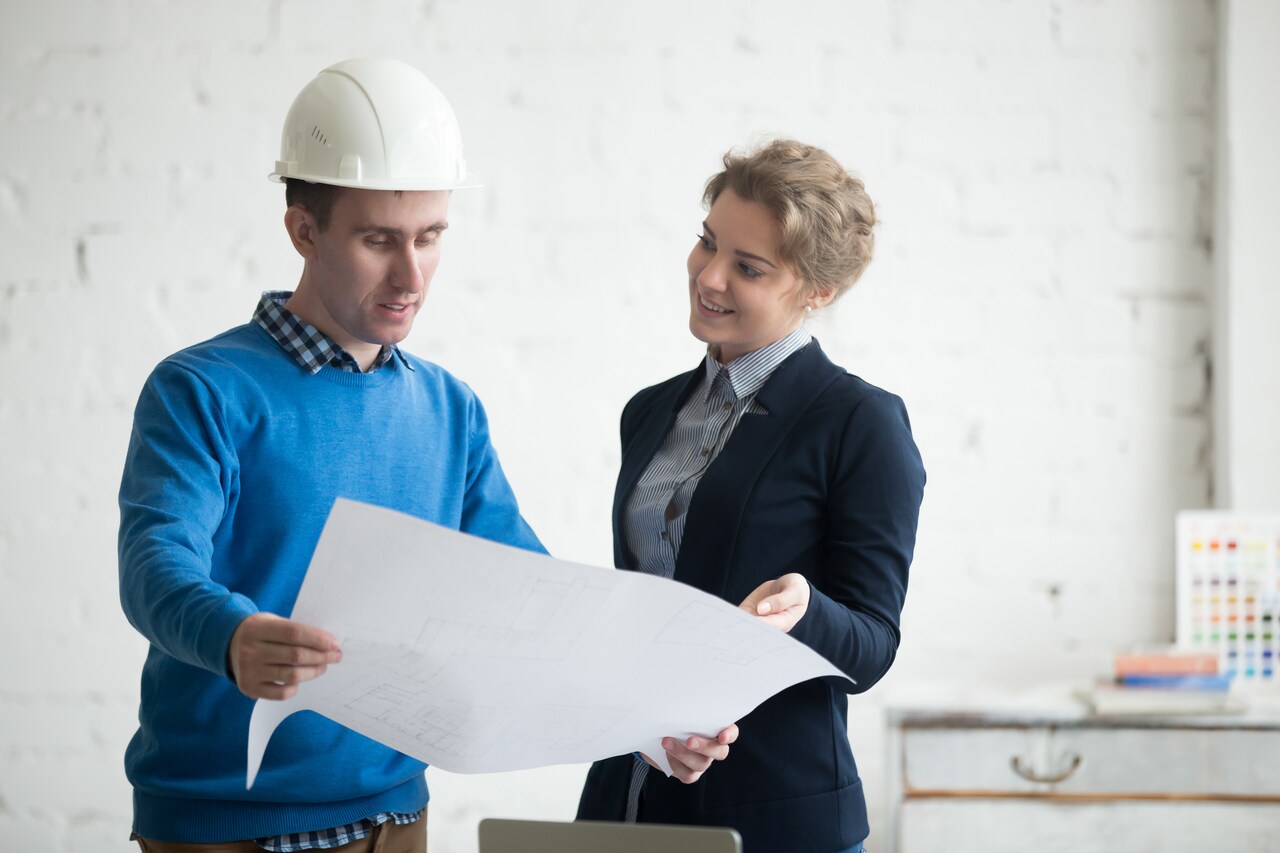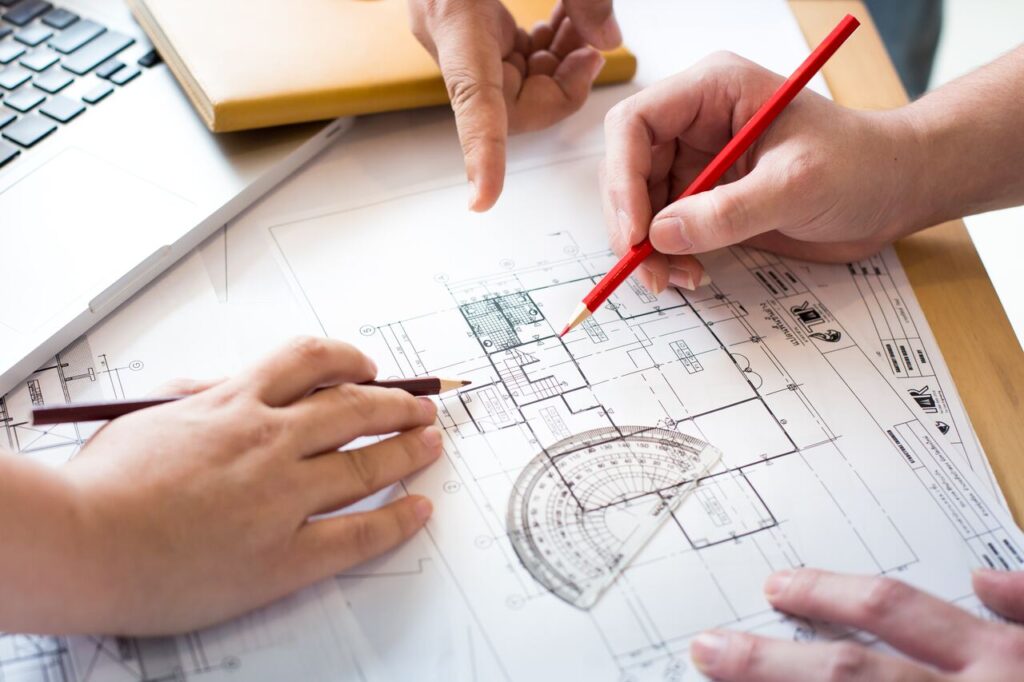
Achieving LEED BD+C Certification: Best Practices and Strategies
December 12, 2023
In the age of climate change, sustainability isn’t just a buzzword; it’s a responsibility. As we strive to reduce our footprint on the planet, there’s a growing need for environmentally responsible building designs. That’s where LEED BD+C Certification comes into play.
LEED BD+C (Building Design and Construction) certification is a globally recognized standard that serves as a testament to a building’s sustainability. Created by the U.S. Green Building Council (USGBC), this certification process is more than a badge of honor; it’s a commitment to a healthier future.
But how can you achieve LEED BD+C Certification? What are the essential steps, best practices, and hidden secrets to getting certified? In this article, we will unravel the fascinating world of sustainable building and guide you through the intricate path to certification.
Join thousands of students who are acing their Architect Exams!
What is BD+C in LEED?
BD+C stands for Building Design and Construction in the context of LEED. It is a specific rating system under the broader umbrella of LEED certification, focusing on the design and construction phase of new buildings or major renovations. It encompasses various categories like energy efficiency, water usage, material selection, and more, aiming to promote sustainable and environmentally responsible building practices.
What is the pass rate for the LEED AP BD+C exam?
The LEED AP BD+C exam is known for its rigorous standards. While the pass rate can fluctuate, it’s generally around 30% to 35% for first-time takers. This emphasizes the importance of thorough preparation and possibly seeking professional guidance or study materials tailored for the exam.
Best Practices and Strategies for Achieving LEED BD+C Certification
Plan Sustainability from the Beginning
The key to achieving LEED BD+C certification is starting early. As the proverb goes, well begun is half done. Initiating sustainability planning from the project’s inception will ease the incorporation of sustainable design and construction practices. This foresight will also help you identify potential challenges and areas for innovation.
Set Realistic Goals
What level of certification are you aiming for? Identifying this early on will help you target essential sustainability features without overstretching resources. By setting clear and realistic goals, you’ll focus on what truly matters.
Engage a LEED Accredited Professional
If you’re serious about certification, engaging a LEED Accredited Professional (AP) is a step you shouldn’t overlook. With their expertise and insights, a LEED AP can guide you throughout the process, ensuring that every decision aligns with LEED standards.
Collaborate with the Project Team
Collaboration is key. Working closely with architects, engineers, contractors, and consultants will ensure that sustainability becomes an integral part of the project. It’s not just about ticking boxes; it’s about creating a shared vision of what sustainability means for your specific project.
Use Sustainable Materials and Products
Materials matter. Selecting environmentally friendly, energy-efficient, and non-toxic materials and products will not only contribute to certification but also enhance the building’s overall sustainability.
Optimize Energy Performance
The future is energy-efficient. From passive solar design to high-efficiency HVAC systems, optimizing energy performance is a vital component of LEED BD+C certification. Exploring renewable energy sources can also play a vital role in cutting down energy consumption.
Implement Water Efficiency Strategies
Water is precious. Minimizing water use through techniques like low-flow fixtures, rainwater harvesting, and greywater reuse can save both resources and money.
Implement Sustainable Site Strategies
Your building’s impact on the surroundings matters. Employing strategies like stormwater management, green roofs, and native landscaping will help you harmonize with the environment.
Prioritize Indoor Environmental Quality
Indoor environmental quality is an essential facet of LEED BD+C certification. Creating a healthy and comfortable indoor environment requires thoughtful strategies. Consider natural ventilation, use of low-emitting materials, and daylighting to enhance indoor air quality and comfort.
Monitor and Measure Performance
Monitoring and measuring performance isn’t just a final step; it’s an ongoing commitment. Tracking your building’s energy and water use, indoor air quality, and other sustainability metrics ensures that it continues to meet LEED standards over time.

QUICK TIP…
Don’t just passively read or watch your study materials. Engage with them by taking notes, discussing with peers, or teaching the content to someone else. Active engagement can boost comprehension and retention.
Unpacking the Strategies for Energy Optimization
Energy efficiency is a critical aspect of sustainable building design. Let’s dive deeper into the strategies that make this possible.
Passive Solar Design
This involves using the sun’s energy to heat and cool the building. By orienting the building correctly and choosing the right materials, you can harness solar energy effectively.
High-Efficiency HVAC Systems
Investing in modern, high-efficiency HVAC systems minimizes energy consumption. Consider systems with features like energy recovery ventilation and variable frequency drives.
Renewable Energy Sources
From solar panels to wind turbines, renewable energy sources are a forward-thinking option. These technologies not only reduce your energy bills but also lessen the building’s carbon footprint.
Wrapping Up
Achieving LEED BD+C Certification isn’t just a milestone; it’s a journey toward a greener and more sustainable future. By adhering to the best practices and strategies outlined above, builders and designers can not only achieve this esteemed certification but also contribute to a global movement towards environmental stewardship.
At PrepArchitect, we understand the complexities of this path. That’s why we provide tools and insights tailored to guide you through every step of the LEED BD+C Certification process. It’s about more than passing an exam; it’s about shaping the future of construction with integrity and innovation. Consider taking that first step with us, and let’s build a more sustainable world together.
